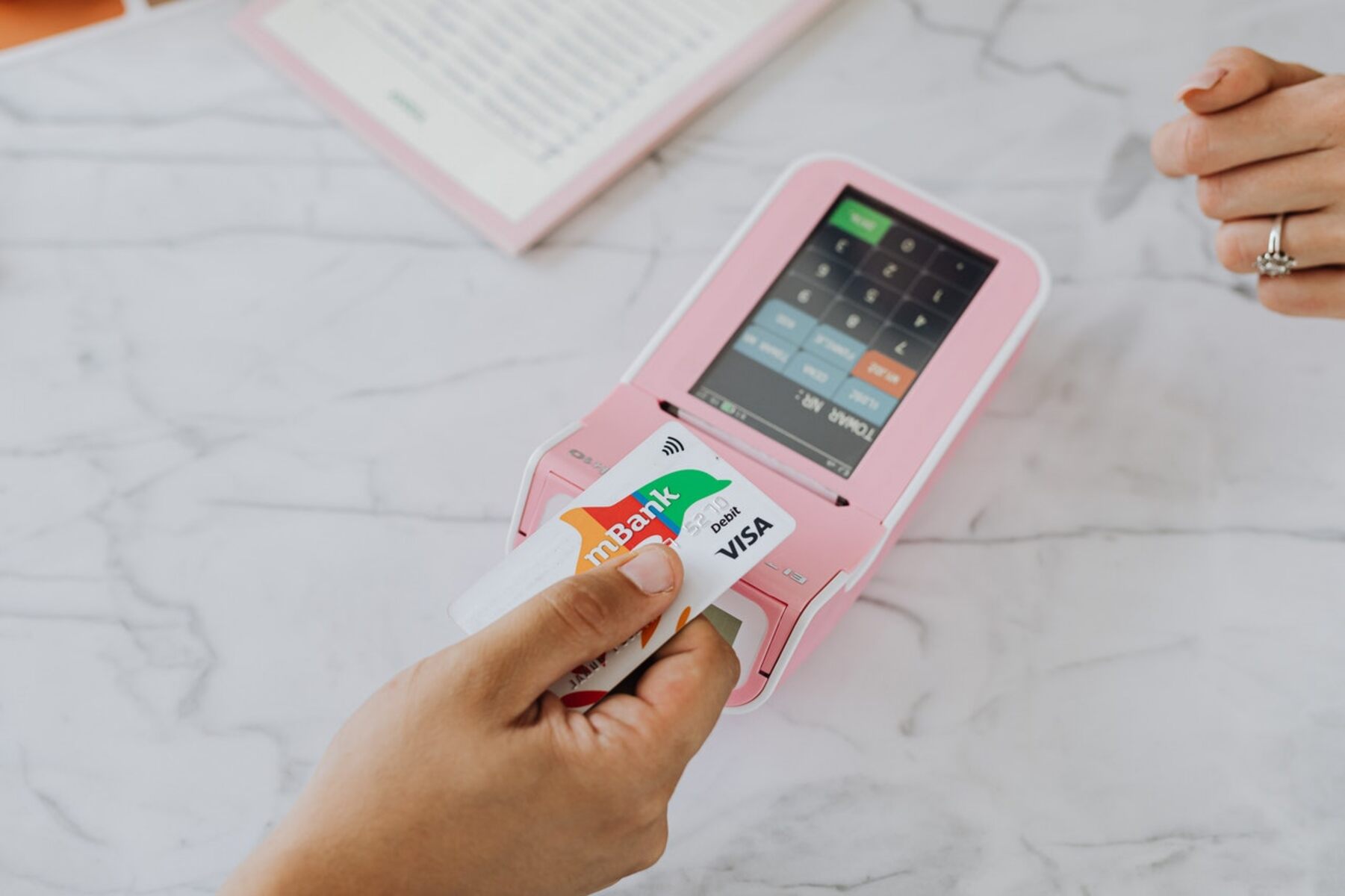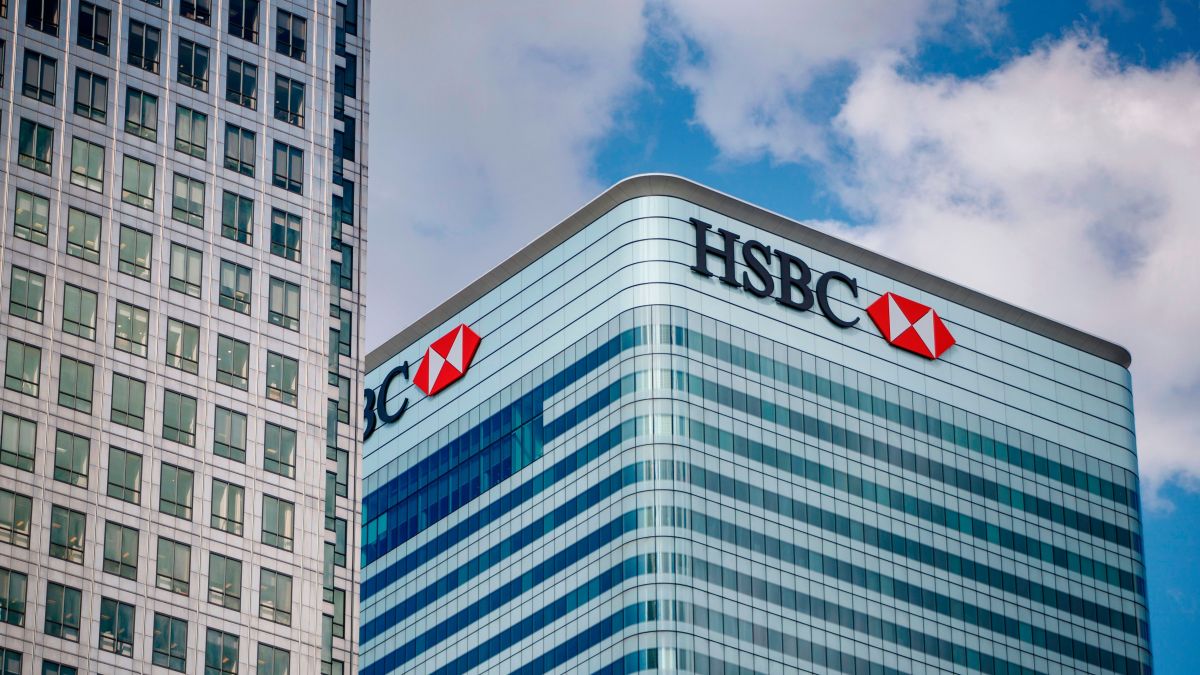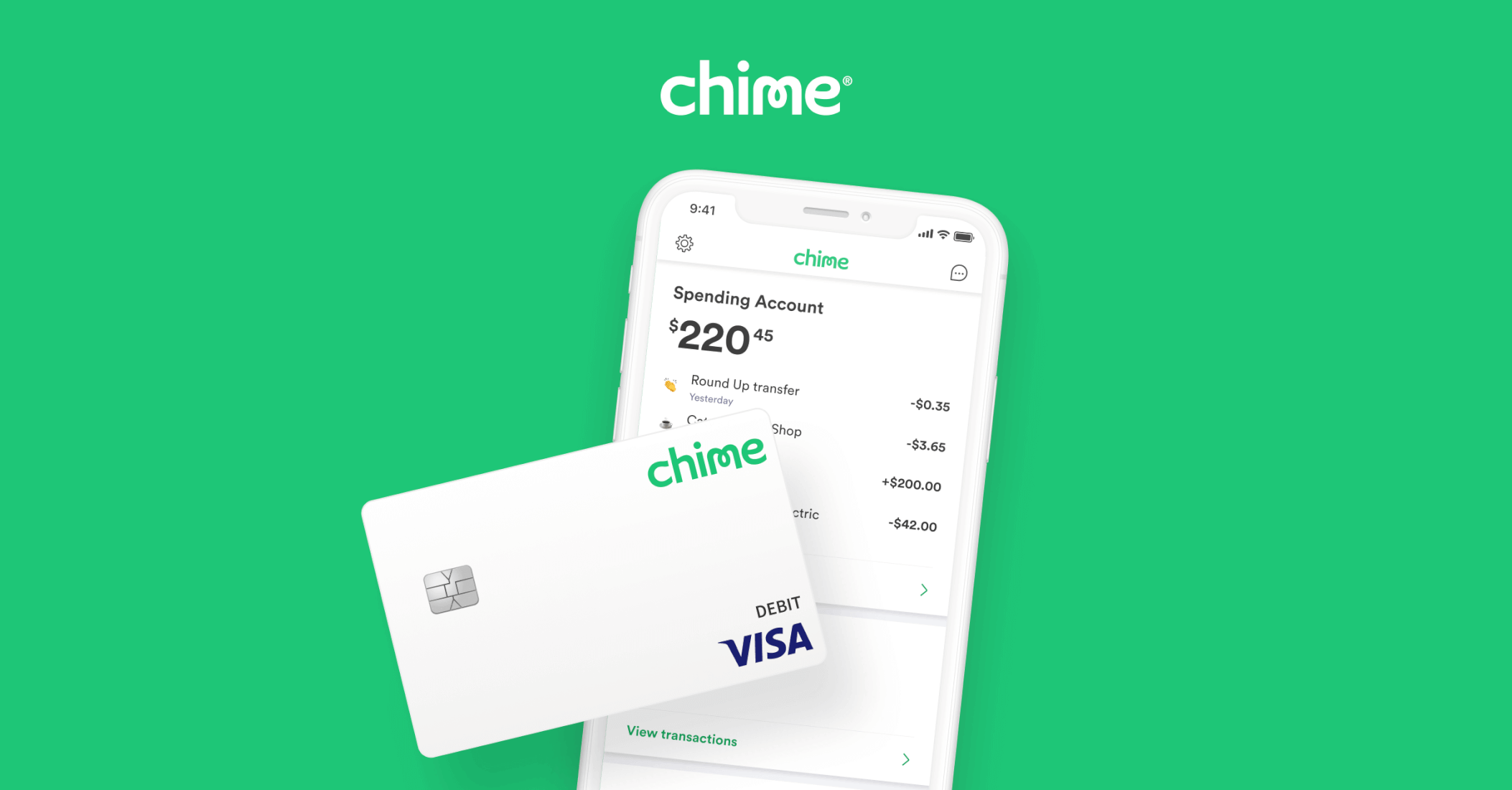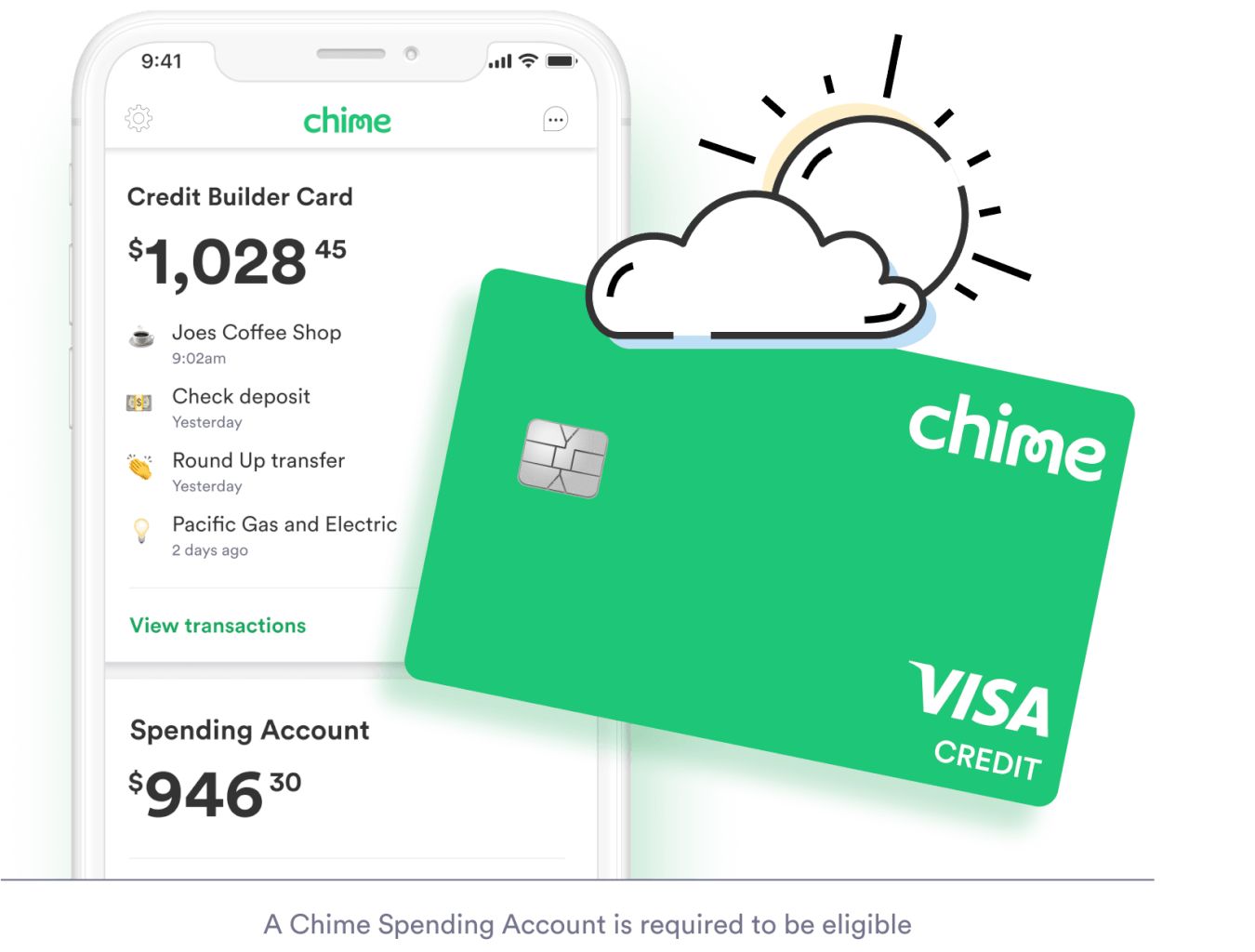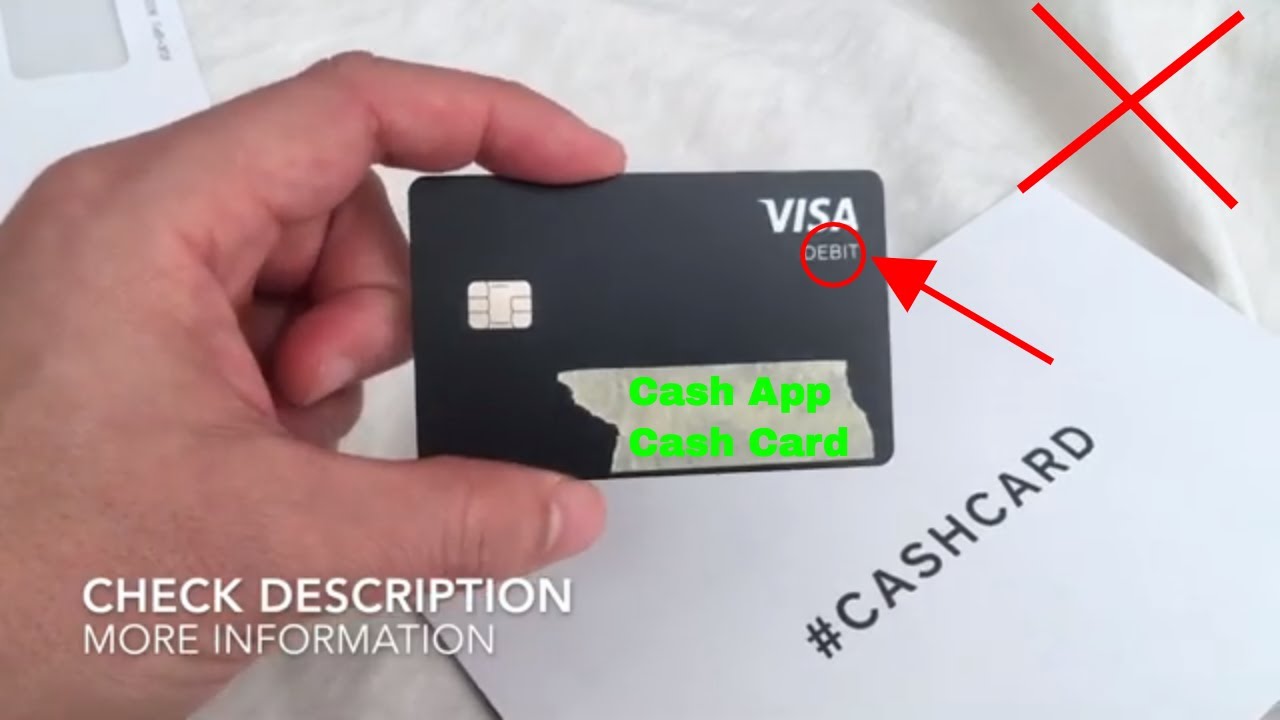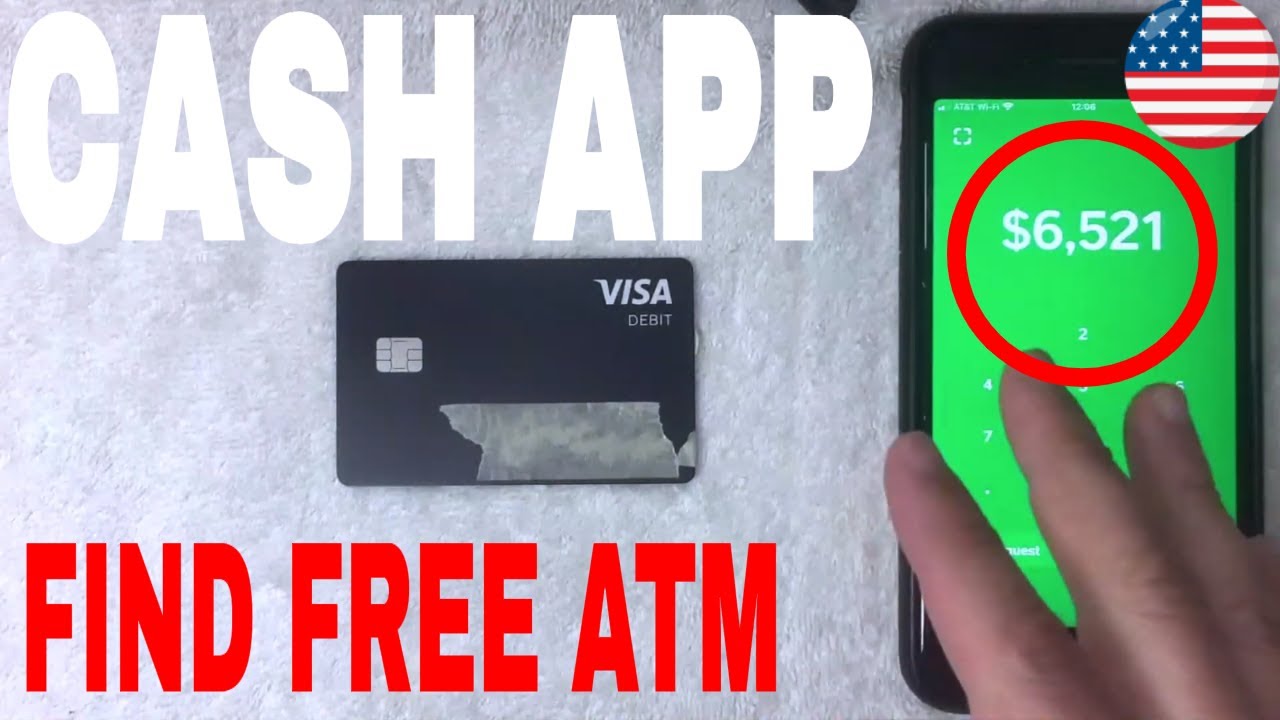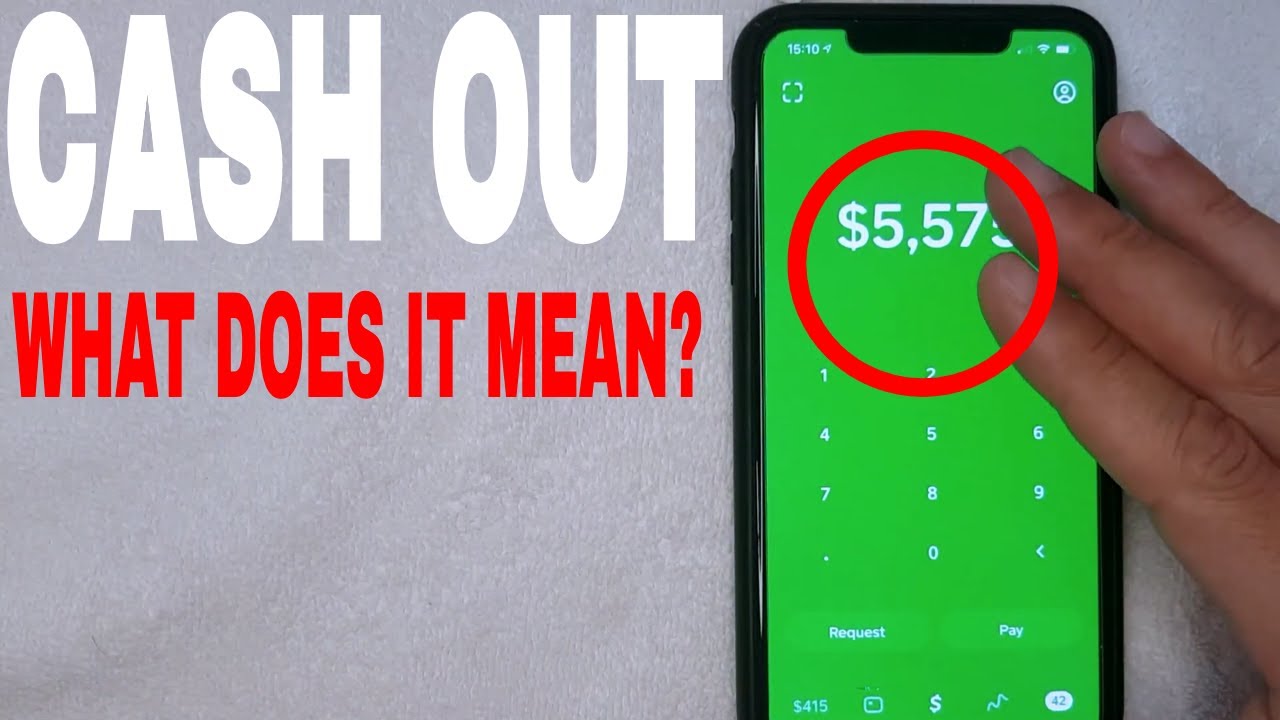What Is a Visa Money Transfer
A Visa money transfer is a convenient and secure way to send funds to another individual or business using your Visa credit or debit card. It allows you to transfer money electronically, eliminating the need for cash or checks. This service enables you to easily send money domestically or internationally, providing a hassle-free solution for various financial transactions.
Visa money transfers operate on the Visa network, a global payment system that connects financial institutions and merchants worldwide. This ensures the seamless transfer of funds between different banks, making it accessible and reliable for individuals and businesses alike.
To initiate a Visa money transfer, you typically need the recipient’s bank account information, such as their account number and bank’s routing number. Some financial institutions also support transfers using email addresses or mobile phone numbers, simplifying the process even further.
Visa money transfers offer a multitude of applications. People often use them to send money to family members or friends, pay for goods and services, settle bills, fund emergency expenses, or even make donations to charities. With the convenience and speed of Visa money transfers, you can easily handle financial obligations without the restrictions of traditional methods.
It’s important to note that a Visa money transfer is not the same as a cash advance on your credit card. Instead, it serves as a secure electronic transfer of funds from your account to the recipient’s account. This distinction ensures that the transferred funds do not incur any additional fees or interest charges typically associated with cash advances.
In summary, a Visa money transfer is a reliable and flexible option for sending funds electronically. Whether you need to send money domestically or internationally, this service leverages the Visa network to facilitate quick and secure transactions. By eliminating the need for cash or checks, Visa money transfers provide a convenient solution for various financial needs.
How Does Visa Money Transfer Work
Visa money transfer works by leveraging the global Visa network to facilitate secure and convenient electronic transactions. Here’s a step-by-step breakdown of how the process typically unfolds:
- Initiating the Transfer: To initiate a Visa money transfer, you need to have the recipient’s bank account information. This includes the account number and the bank’s routing number. Some financial institutions also support transfers using the recipient’s email address or mobile phone number.
- Authorization: Once you have the necessary information, you can contact your bank or financial institution to request a Visa money transfer. You will need to provide details such as the recipient’s information, the amount to be transferred, and any additional instructions or notes.
- Verification: Before the transfer is authorized, the sender’s identity and account information will be verified by the bank or financial institution. This step ensures the security and integrity of the transaction, protecting both the sender and the recipient from fraudulent activity.
- Transfer Processing: Once the transfer is authorized and verified, the funds are debited from the sender’s account and transferred electronically to the recipient’s account. The Visa network ensures that the funds are securely routed between the sender’s bank and the recipient’s bank, enabling a seamless and quick transfer.
- Confirmation: After the transfer is completed, both the sender and the recipient will receive confirmation of the transaction. This confirmation typically includes details such as the transfer amount, the date and time of the transfer, and any reference or transaction numbers for future reference.
It’s important to note that the processing time for a Visa money transfer can vary depending on the banks involved and the location of the recipient. Domestic transfers within the same country generally occur within a day or two, while international transfers may take longer due to additional processing and security measures.
Overall, Visa money transfer offers a secure and efficient way to send funds electronically. By leveraging the Visa network, this service ensures that your money is transferred quickly and securely to the intended recipient’s account, simplifying financial transactions and eliminating the need for cash or checks.
Benefits of Visa Money Transfer
Visa money transfer offers numerous advantages that make it a preferred method of sending funds electronically. Whether you need to send money to a friend, family member, or even a business, here are some key benefits of using Visa money transfer:
- Convenience: Visa money transfer provides a convenient way to send money without the need for cash or checks. You can initiate a transfer from the comfort of your own home or on the go, using your Visa credit or debit card. This eliminates the hassle of physically handling money and simplifies the process of making payments or sending funds whenever you need to.
- Speed: With Visa money transfer, funds can be transferred quickly, especially for domestic transfers. In many cases, the recipient can receive the transferred amount within a day or two, depending on the specific banks involved. This makes it an ideal solution for urgent financial needs or time-sensitive payments.
- Security: Visa money transfer prioritizes the security and protection of your funds. The Visa network employs robust security measures to ensure that your personal and financial information is encrypted and kept confidential during the transfer process. This minimizes the risk of unauthorized access or fraudulent activity, providing you with peace of mind.
- Flexibility: Visa money transfer offers flexibility in terms of the amount you can send. Whether you need to send a small amount for a personal payment or a larger sum for a significant transaction, Visa money transfer can accommodate your needs. This flexibility allows you to manage your finances efficiently and adapt to various situations.
- Global Accessibility: The Visa network is a globally recognized payment system, making Visa money transfer accessible in a wide range of countries and regions. This expands your options for sending money internationally and allows you to easily conduct transactions across borders. Whether you’re traveling, conducting business, or supporting family and friends abroad, Visa money transfer provides a seamless solution.
- Trackability: Visa money transfer provides you with the ability to track your transfers. You can receive confirmation of the transaction, including details such as the transfer amount, date and time, and reference numbers. This feature allows you to keep a record of your transactions and provides transparency throughout the transfer process.
In summary, Visa money transfer offers convenience, speed, security, flexibility, global accessibility, and trackability. Whether you’re making a personal payment or conducting a business transaction, using Visa money transfer simplifies the process and ensures that your funds are transferred quickly and securely to the intended recipient’s account.
Things to Consider before Using Visa Money Transfer
Visa money transfer is a convenient and secure method for sending funds electronically. However, before using this service, there are several factors you should consider to ensure a smooth and satisfactory experience. Here are some key points to keep in mind:
- Cost: It’s essential to understand the cost associated with Visa money transfer. While the convenience and speed of transferring funds electronically are undeniable, some financial institutions may charge fees for initiating the transfer. These fees can vary, so it’s important to inquire about any applicable charges before proceeding with the transaction.
- Exchange Rates: If you’re making an international transfer using Visa money transfer, it’s crucial to consider the exchange rate. Exchange rates fluctuate, and different financial institutions may offer varying rates. Research the prevailing exchange rates and carefully compare them among different providers to ensure that you’re getting the most favorable rate possible.
- Transfer Limits: Some financial institutions may impose limits on the amount of money you can transfer using Visa money transfer. These limits can vary and may be influenced by factors such as your account status, transaction history, and the recipient’s location. Make sure you are aware of any applicable transfer limits before initiating the transaction.
- Processing Time: While Visa money transfers are generally quick, it’s important to consider the processing time, especially for international transfers. Depending on the involved banks and countries, the transfer may take a few days to complete. If you have an urgent need for funds, ensure that you allow enough time for the transfer to be executed and the recipient to receive the money.
- Recipient’s Banking Network: Before initiating a Visa money transfer, confirm that the recipient’s bank is part of the Visa network or affiliated with Visa. This is crucial to ensure that the transfer will go smoothly and that the funds will be properly credited to the recipient’s account. If the recipient’s bank is not part of the Visa network, consider alternative transfer methods.
- Security Measures: While Visa money transfer prioritizes security and safeguards your personal and financial information, it’s always wise to take additional precautions. Ensure that you’re using a secure and trusted internet connection when making the transfer. Double-check the recipient’s bank account information to avoid any errors. Be cautious of any suspicious communications or requests for additional information during the transfer process.
By considering these factors before using Visa money transfer, you can ensure a seamless and satisfactory experience. Understanding the associated costs, exchange rates, transfer limits, processing times, recipient’s banking network, and security measures will help you make informed decisions and effectively utilize this convenient and secure method of transferring funds.
How to Make a Visa Money Transfer
Making a Visa money transfer is a simple and straightforward process. Whether you need to send money domestically or internationally, here’s a step-by-step guide to help you navigate through the transfer:
- Gather the Recipient’s Information: Begin by collecting the recipient’s banking information. This typically includes the recipient’s full name, bank account number, and the bank’s routing number. Some financial institutions may also support transfers using email addresses or mobile phone numbers.
- Choose Your Transfer Method: Determine the most convenient transfer method for your needs. This can range from online banking platforms to mobile apps provided by your financial institution. Ensure that the platform you choose supports Visa money transfer and facilitates electronic fund transfers.
- Login to Your Account: Access your online banking account or the mobile app provided by your financial institution. Enter your login credentials to authenticate and gain access to your account.
- Select Money Transfer or Payments: Look for the option to initiate a money transfer or make payments. This can typically be found within the menu or navigation bar of your online banking platform or mobile app.
- Enter the Recipient’s Information: Provide the recipient’s details accurately. This includes their full name, bank account number, and the bank’s routing number. Some platforms may require additional identification information to ensure the transfer’s security and accuracy.
- Specify the Transfer Amount: Indicate the amount you wish to transfer to the recipient. Double-check the entered amount to avoid any errors or discrepancies.
- Review and Confirm: Take a moment to review the details of the transfer, including the recipient’s information and the transfer amount. Ensure that everything is accurate before proceeding.
- Authorize the Transfer: Once you have reviewed and confirmed the transfer details, proceed with authorizing the transfer. Some platforms may require you to enter a secure code or password to validate the transaction.
- Receive Confirmation: After the transfer is completed, you will receive confirmation of the transaction. This confirmation typically includes details such as the transfer amount, the date and time of the transfer, and any reference or transaction numbers for future reference.
It’s important to note that the specific steps and options may vary depending on your financial institution and the platform you use for the transfer. If you encounter any difficulties or uncertainties, don’t hesitate to reach out to your bank’s customer service for guidance and assistance.
By following these steps, you can easily make a Visa money transfer and securely send funds to your intended recipient. The convenient and efficient nature of Visa money transfer eliminates the need for cash or checks and enables you to quickly and seamlessly handle your financial obligations.
Fee Structure for Visa Money Transfers
When using Visa money transfer services, it’s important to be aware of the associated fees. While the fees may vary depending on the financial institution and the specific transfer details, here are some common fee structures to consider:
- Flat Fee: Some financial institutions charge a fixed flat fee for each Visa money transfer. This fee remains consistent regardless of the transfer amount, making it a more predictable cost. However, it’s important to check with your particular institution as the fee amount can vary.
- Percentage Fee: In some cases, financial institutions may charge a percentage fee based on the transfer amount. This means that a small percentage of the transferred funds will be deducted as a fee. For example, if the fee is 2% and you transfer $1,000, a $20 fee will be applied.
- Minimum and Maximum Limits: Financial institutions may impose minimum and maximum limits on the transfer amount to determine the applicable fee. For instance, a minimum limit of $10 and a maximum limit of $500 might be set for a particular fee threshold. Transfers within these limits may have a fixed fee, while transfers exceeding the maximum limit may be subject to a higher fee or a different fee structure.
- Additional Charges: Apart from the transfer fee, there might be additional charges associated with Visa money transfers. These charges can include foreign exchange fees for international transfers or fees for expedited or same-day transfers. It’s important to review the terms and conditions provided by your financial institution to understand any applicable additional charges.
- Promotional Offers: Financial institutions may occasionally offer promotional or discounted fees for Visa money transfers. These offers can lower the overall cost of transferring funds. Stay updated with the latest promotions or special offers provided by your bank to take advantage of potential savings.
It’s crucial to thoroughly review the fee structures and terms provided by your financial institution before initiating a Visa money transfer. This will allow you to understand and evaluate the costs associated with the transfer, helping you make an informed decision.
When comparing fees among different financial institutions, consider the overall value provided. While one institution might have higher fees, they might offer additional benefits such as enhanced security or faster transfers that justify the cost. Take into account factors like transfer speed, security measures, reputability of the financial institution, and customer support.
By being aware of the fee structure and taking the time to compare options, you can effectively manage the cost of Visa money transfers and choose the most suitable financial institution to meet your needs.
Security and Protection for Visa Money Transfers
Security and protection are paramount when it comes to Visa money transfers. The Visa network and financial institutions implement robust measures to ensure the safety of your transactions. Here are some key aspects of security and protection for Visa money transfers:
- Encryption: Visa money transfers utilize encryption technology to safeguard your personal and financial information during the transfer process. This ensures that your data remains confidential and protected from unauthorized access or interception.
- Secure Authentication: Financial institutions employ secure authentication methods to verify the identity of the sender. This authentication process ensures that only authorized individuals have access to initiate Visa money transfers, minimizing the risk of fraudulent activity.
- Transaction Monitoring: The Visa network and financial institutions have advanced systems in place to monitor transactions for any suspicious or fraudulent activity. Unusual patterns or transactions that deviate from your normal spending habits may trigger alerts, prompting further investigation to protect your funds.
- Zero Liability Protection: Visa offers zero liability protection for unauthorized transactions made using your Visa credit or debit card. This means that if your card is lost or stolen and used for unauthorized transactions, you won’t be held responsible for those charges. However, it’s important to promptly report any fraudulent activity or lost cards to your financial institution.
- Secure Network: The Visa network operates on a secure infrastructure, employing various security protocols to ensure the integrity and confidentiality of your information. Multiple layers of firewalls and intrusion prevention systems are in place to protect against unauthorized access and cyberattacks.
- Verified by Visa: Verified by Visa is an additional layer of security for online Visa transactions. It requires the cardholder to enter a unique password or a one-time passcode to verify their identity during the transaction. This helps prevent unauthorized use of your Visa card online.
- Customer Support: In the event of any issues or concerns regarding a Visa money transfer, reliable customer support is available through your financial institution. They can assist you with inquiries, report any suspicious activity, or provide guidance on protecting your funds.
While Visa money transfers prioritize security and protection, it’s important to be vigilant and take precautions on your end as well. Ensure that you are using secure internet connections when initiating transfers and avoid sharing your financial information with untrusted sources. Regularly monitor your account activity and report any discrepancies or suspicious transactions to your financial institution immediately.
By leveraging the secure infrastructure of the Visa network and implementing security measures at various stages, Visa money transfers provide you with peace of mind and confidence in the safety of your transactions.
Frequently Asked Questions about Visa Money Transfers
Here are some commonly asked questions about Visa money transfers:
- 1. Are Visa money transfers safe?
- 2. How long does it take for a Visa money transfer to go through?
- 3. What information do I need to provide to initiate a Visa money transfer?
- 4. Can I send money internationally using Visa money transfer?
- 5. Are there any limits on the amount of money I can transfer using Visa money transfer?
- 6. What are the fees involved in Visa money transfers?
- 7. Can I track the progress of my Visa money transfer?
- 8. Can I cancel or modify a Visa money transfer?
Yes, Visa money transfers are generally safe. The Visa network and financial institutions implement robust security measures to protect your personal and financial information during the transfer process.
The processing time for Visa money transfers can vary depending on the banks involved and the location of the recipient. Domestic transfers typically take a day or two, while international transfers may take longer due to additional processing and security measures.
You will typically need the recipient’s bank account information, including their account number and the bank’s routing number. Some financial institutions also support transfers using email addresses or mobile phone numbers.
Yes, Visa money transfer allows you to send money internationally. However, it’s important to consider factors such as exchange rates and any additional charges that may apply for international transfers.
Some financial institutions may impose limits on the amount of money you can transfer using Visa money transfer. These limits can vary and may be influenced by factors such as your account status, transaction history, and the recipient’s location.
The fees for Visa money transfers can vary depending on the financial institution and the specific transfer details. Some institutions charge a flat fee, while others may have a percentage fee based on the transfer amount. It’s important to review the fee structure provided by your financial institution before initiating a transfer.
Yes, most financial institutions provide confirmation and tracking information for Visa money transfers. This allows you to keep track of the progress of your transfer and have a record of the transaction.
The ability to cancel or modify a Visa money transfer depends on the policies and terms of your financial institution. It’s best to contact your bank or financial institution as soon as possible if you need to make changes to the transfer.
If you have any further questions or concerns about Visa money transfers, it’s recommended to reach out to your financial institution’s customer support for clarification and assistance.
Conclusion
Visa money transfer provides a convenient and secure method for sending funds electronically. Whether you need to send money domestically or internationally, this service leverages the Visa network to ensure quick and reliable transactions. By eliminating the need for cash or checks, Visa money transfer simplifies financial transactions, making it easier to send money to family members, friends, or businesses.
Throughout this article, we’ve explored various aspects of Visa money transfers. We discussed what Visa money transfer is and how it works, highlighting its convenience, speed, and security. We also delved into the benefits of using Visa money transfer, such as its flexibility, global accessibility, and trackability.
However, it’s essential to consider a few things before using Visa money transfer. These include understanding the fee structure, exchange rates, transfer limits, processing times, and ensuring that the recipient’s banking network is compatible with Visa.
To ensure the security and protection of your funds, Visa money transfer offers encryption, secure authentication, transaction monitoring, and zero liability protection. It’s important to remain vigilant and take precautions when making Visa money transfers, such as using secure internet connections and promptly reporting any suspicious activity.
By following the steps outlined in this article, you can easily initiate a Visa money transfer. Collect the recipient’s information, choose your transfer method, enter the necessary details, review and confirm the transfer, and receive confirmation of the transaction.
Lastly, we addressed frequently asked questions about Visa money transfers, providing answers to common inquiries regarding safety, processing times, transfer limits, fees, tracking, and the ability to cancel or modify transfers.
In conclusion, Visa money transfer offers a reliable, flexible, and secure solution for sending funds electronically. With its global accessibility and various benefits, this service streamlines financial transactions and enables you to conveniently handle your financial obligations. By understanding the fundamentals and taking the necessary precautions, you can leverage Visa money transfer to simplify your financial transactions and confidently transfer funds to recipients around the world.







